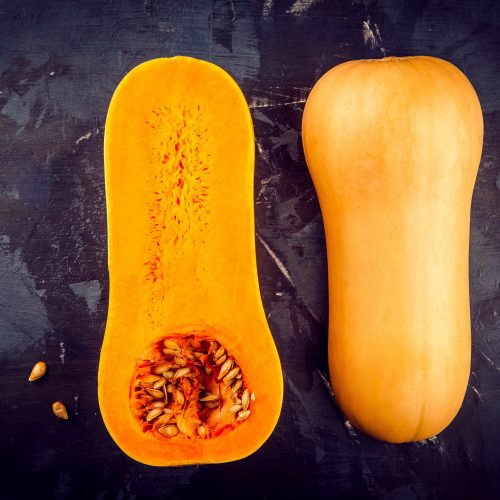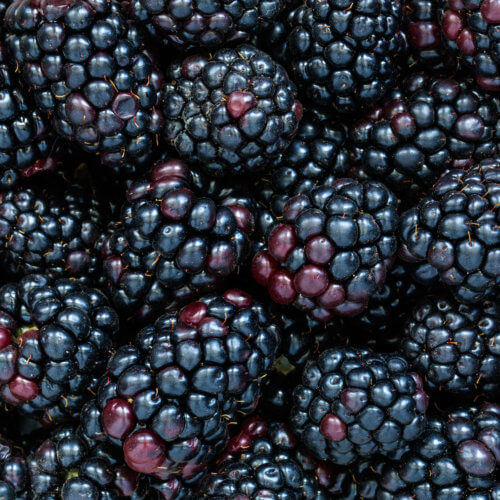Today is Columbus Day, the anniversary of Christopher Columbus’ first voyage to the Americas in 1492, and a legal holiday observed in most American states. He may not have been the first to make the crossing from Europe, but his voyage brought together cultures and ecosystems which had been separate for millennia, in what is known as the Columbian Exchange. It was world-changing, not least for food, indeed it permanently changed culinary traditions across the globe, to the extent that it is hard to imagine life without it. Let’s look at a few examples.
Chilli Peppers
The archaeological record suggests that the cultivated chilli originated in Mexico over 6,500 years ago. Columbus brought it back to Spain, after which the Portuguese introduced it to Asia in the 16th Century. It is difficult to imagine Asian, especially Indian, cuisine without the chilli, and yet for most of the region’s history it wasn’t even known!
Chilli seeds remain viable for 2-3 years and so spending months on a ship was no issue. The peppers are highly nutritious and, when eaten, cause the body to release endorphins, so chillies make us healthy and happy. If you’re unfamiliar with the huge variety of chilli species, check out one the many wonderful websites dedicated to chillies. It is a very diverse category, and you will find some that are very mild and sweet, as well as others whose burn can make you cry. Each to their own!
Recommended suppliers:
https://www.

Potatoes
This root crop is a staple of the modern Western diet, but was only introduced to Europe about 400 years ago. It is actually indigenous to the Andes in South America, where it was cultivated for millennia before Columbus’ voyage. These potatoes had purplish skins and yellow flesh, and were revered by the Incas as well as eaten by them; dried for long journeys or cooked in stews. Potatoes are the perfect side dish and work well in many forms: roasted in duck fat, boiled new potatoes with butter, chips or more sophisticated options like ‘Pomme Anna’, Duchess potatoes or creamy Dauphinois. Their gentle, rounded flavour means they combine with pretty much any savoury dish, and are an easy way to add substance to stews, curries or cold salads. The potato is extremely versatile, and has even been appearing on dessert menus recently. Noma in Copenhagen was praised for its dessert of creamy potato mash, served with thick prune jam!
There are around 4000 varieties of potatoes out there – see if you can find a new one to try in commemoration of Columbus Day. For example, the British Catriona variety make perfect roasties, whereas the Red potato is ideal for adding to sauces. If you want to be adventurous, look out for the Blue Congo potato variety with its purple skin and flesh. This is great for simply roasting or steaming, and is best served relatively plainly to showcase its wonderful nutty flavour.

Cacao
Life would certainly be less interesting without hot cocoa the winter months, no chocolate cake at parties and no late-night indulgence with a chunk of good chocolate. The Aztecs were already harvesting the contents of cacao pods more than 4000 years ago. The dark beans were considered almost sacred, and even used as currency, while their main culinary use would have been in a fermented drink with spices, sometimes corn puree and even wine.
Chocolate is quite different these days and is used primarily in sweet dishes, although its savoury applications seem to be making a comeback. Next time you make a chilli con carne, Bolognese sauce or a beef and ale stew, add a few squares of very dark chocolate for a deeply satisfying rich taste. For the ultimate hot chocolate, pour a can of coconut milk into a pan with 100g (or more) of dark chocolate and heat gently until melted. Various spices can be added, such as chilli, cinnamon, ginger, cloves and vanilla for a really fulfilling ‘cuppa’. We prefer to use very dark chocolate, since that is the most genuine expression of the cacao bean, without the addition of fat and sugar to dilute the flavour and lower the price.
Chocolate goes well with a very wide variety of ingredients, from berries and citrus fruit to red meat, as well as coffee, nuts, spices, avocado, even unexpected partners like bacon and beetroot.
Recommended suppliers:
http://www.divinechocolate.com

Tomatoes
It is strange to think that tomatoes are not indigenous to the Mediterranean and have only been part of its culinary traditions for the last few hundred years. Although it is biologically a fruit, in culinary terms the tomato usually functions as a vegetables and is generally used in savoury dishes – raw in salads, stewed, stuffed with meats, in sauces and even in drinks. Tomatoes also pair well with a wide variety of ingredients – many other vegetables, but particularly meats, herbs, cheeses and nuts. Try toasting some proper quality bread, then rub with raw garlic and top with tomato, along with ham, or a poached egg for a wonderful combination of flavours. To ensure ripe tomatoes maintain their juiciness and that their flesh doesn’t become mealy, they should ideally be stored at room temperature, away from the sunlight, and certainly not in the fridge.

Of course, the Columbian Exchange worked both ways. The Europeans of the Old World contributed to the varied culinary palate of the Americas by bringing onions, rice, bananas, apples, wheat, coffee and sugarcane. Sadly, they also brought new diseases and, most famously, conflict. As catastrophic as the exchange proved for many indigenous societies, some of which would disappear completely, we can at least be grateful for the amazing array of ingredients readily available, which can turn an ordinary plate of food into a miniature monument to culinary history.




